Dry Eye Clinic
Dry eye syndrome occurs when your eyes do not produce enough tears or the quality of your tears is poor. This can lead to inflammation, discomfort, and vision problems.
What is Dry Eye?
Dry eye occurs when your eyes don’t produce enough tears or when the quality of the tears is poor, leading to irritation, discomfort, and sometimes blurry vision. Symptoms can range from mild discomfort to more severe issues, including:
- Redness and burning sensation in the eyes
- Gritty or sandy feeling in the eyes
- Excessive tearing followed by periods of dryness
- Eye fatigue, particularly after prolonged screen use
- Sensitivity to light
Shankar’s Eye Hospitals offers an exclusive Dry Eye Clinic equipped with modern diagnostic and therapeutic tools. In today’s digital world, excessive use of computers and mobile devices has led to common eye problems such as dry eyes, myopia, eye strain, and computer vision syndrome.
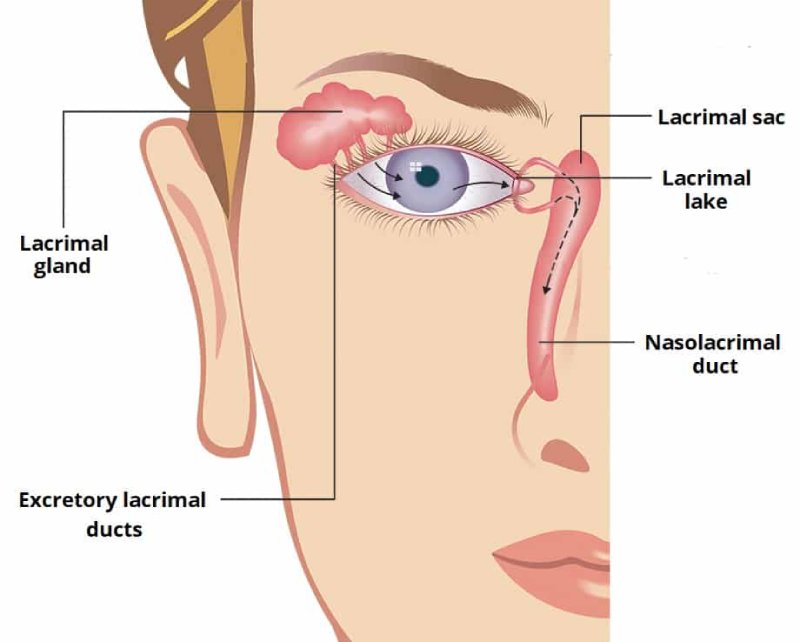
Common Causes of Dryness:
- In today's digital world, people are facing more eye-related problems which occur due to the excessive use of computers & mobiles.
- Even among the kids, eye problems such as dry eye, myopia, eye strain, computer vision syndrome, asthenopia etc., are very common. Besides reducing the time engaged in these communicational gadgets, Shankar’s Eye Hospital has brought various new techniques to resolve these problems through our Dry Eye Clinic.
- Computer Vision Syndrome, also referred to as Digital Eye Strain, describes a group of eye and vision-related problems that result from prolonged computer, tablet, e-reader, and cell phone use. Many individuals experience eye discomfort and vision problems when viewing digital screens for extended periods.
- Eyestrain can be annoying, but it usually isn't serious and goes away once you rest your eyes or take other steps to reduce your eye discomfort.
- A leading cause of dry eye is Meibomian gland dysfunction (MGD), where the glands don’t function properly either due to blockage or oil deficiency. These glands in the eyelids contribute to oily secretion which helps in slowing down the evaporation of the tear film.
- It occurs as a part of the natural aging process, as a side effect of dry, dusty, or windy climate, or medications. Air conditioning or a dry heating system in enclosed spaces can dry out your eyes.
- Dry eyes may also be a symptom of systemic diseases such as rheumatoid arthritis, Lupus, Sjogren’s syndrome (a triad of dry eyes, dry mouth).
- Long-term contact lens wear is another cause; in fact, amongst the long-term contact lens wearers, dry eyes are the most common complaint. Contact lens wear and dry eyes can be a vicious cycle as indicated by recent research. It is the rubbing of the lenses against the conjunctiva that seems to be a cause of dry eyes, thus making contact lenses feel uncomfortable.
- Other causes include incomplete closure of the eyelids, eyelid disease, and a deficiency of the tear-producing glands.
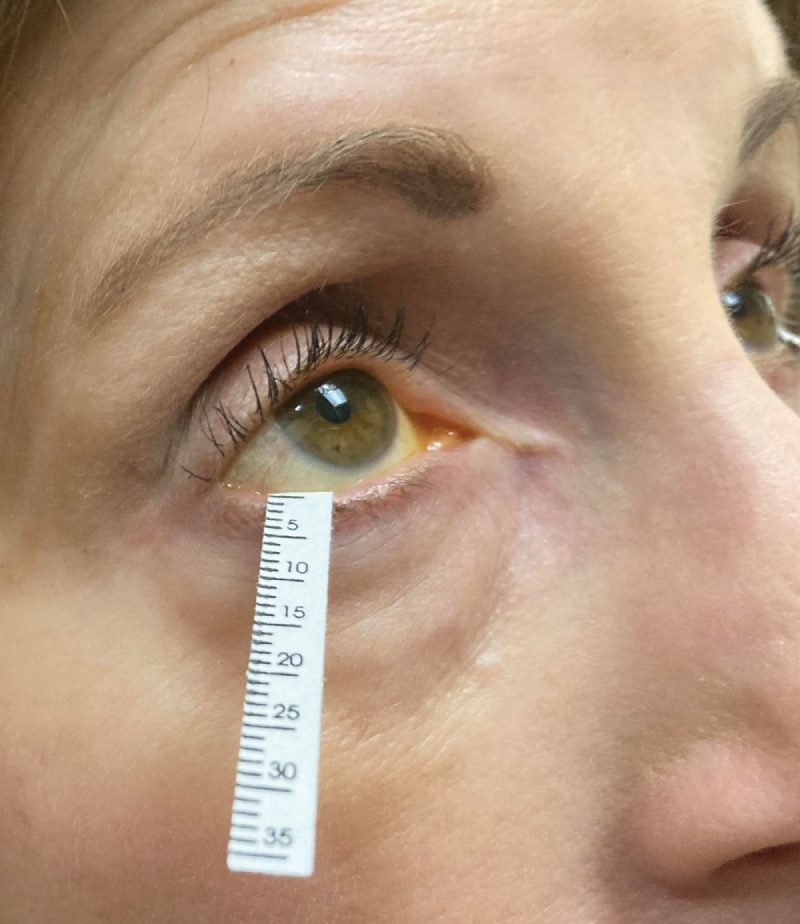
Diagnosis of Dry Eye
We run a detailed evaluation to diagnose dry eye:
- Schirmer tear test: To measure the adequate tear production in your eyes.
- Tear breakup time: To assess the time taken for the tear film to evaporate.
- Corneal fluorescein staining: To evaluate the health of the corneal surface.
- Symptom questionnaires: A simple form will help your Ophthalmologist in determining the severity of your disease.
- Meibography: To analyze the function of the meibomian glands.
Treatment of Dry Eye
Dry Eye is a progressive disease and if left untreated, can lead to serious vision problems and complications such as eye infections and damage to the surface of the eyes. Avoiding the situations that are most likely to cause the symptoms can help you avoid Dry Eye issues. If you work on a computer or use one at home, school, or anywhere else for an extended period of time and are experiencing dry eye discomfort, it is important to seek proper eye evaluation and care.
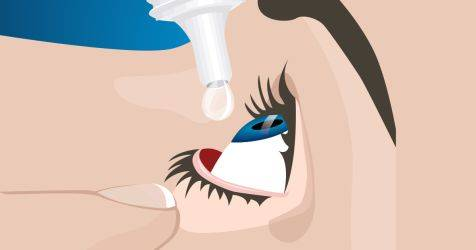
Treatment for Mild to Moderate Dry Eye:
- Frequent application of regular artificial tear drops.
- Blink more often while working on the computer or other electronic devices for long hours.
- Warm compresses with heat bag.
- Eyelid hygiene.
- Omega-3 fatty acids supplementation in your daily diet.
- Minimize exposure to heaters/air-conditioners.
Treatment for Severe Cases of Dry Eye:
- Thermal pulsation: Application of heat and controlled pressure to the meibomian glands to promote the flow of oil from the gland ducts.
- Punctal plugs: To block tear drainage channels and increase tear retention.
- Scleral contact lenses: To provide a protective barrier and reduce dryness.
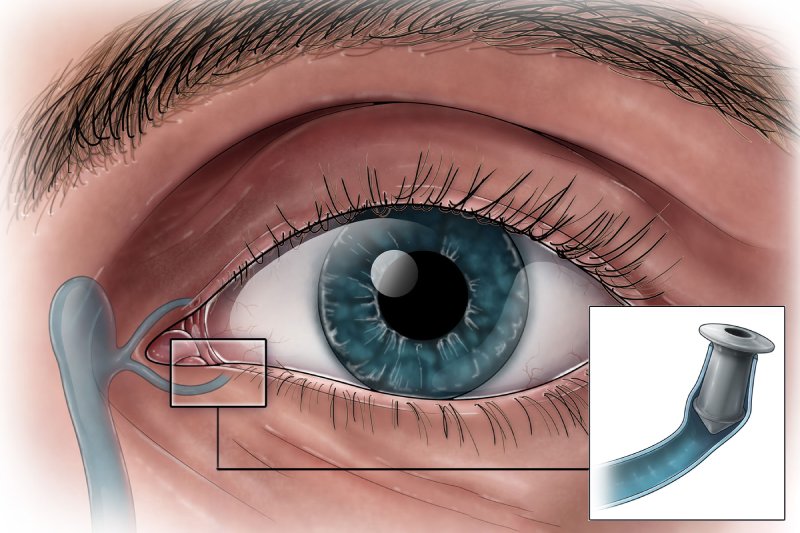
Therapeutic Medical Device
The MiBo Thermoflo is a therapeutic medical device providing a safe and effective alternative therapy for dry eyes. It uses a proprietary thermoelectric heat pump to help maximize liquefaction of meibum, thus improving preservation and function of the evaporative component of the tear film.
Features:
- Therapeutic: Lasting Benefits.
- Relaxing: Many patients enjoy the soothing massage and spa-like treatment.
- 95% Patient Satisfaction:
Mibo Thermoflow
The MiBo Thermoflo supplies continuous controlled heat that is applied to the outer skin of the eyelids along with ultrasound gel for a gentle massage. The heat is absorbed deep into the tissue and breaks down the hardened lipids in the meibomian glands.
- No Pain
- No Downtime
- Wonderful for Eye Strain
- No Side Effects
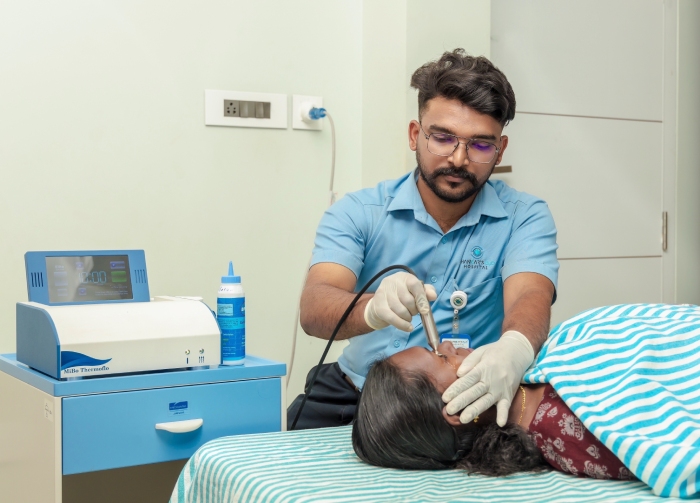
Continuous Controlled Heat:
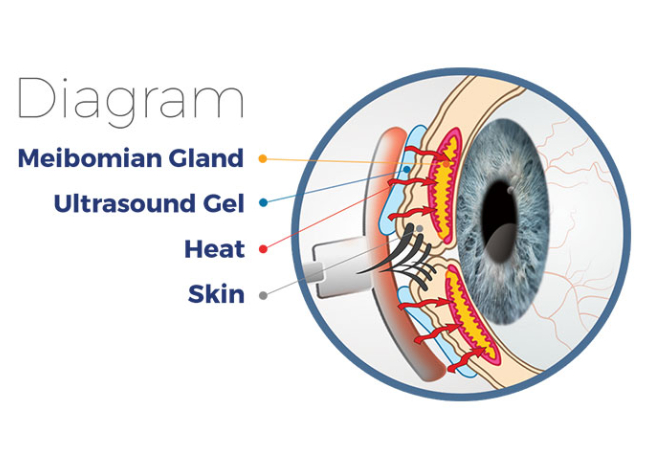
Lasting Results
For best results, it’s recommended to do 3 sittings 2 weeks apart. Evaluating the patients after the cycle of treatments may require a 4th treatment.
